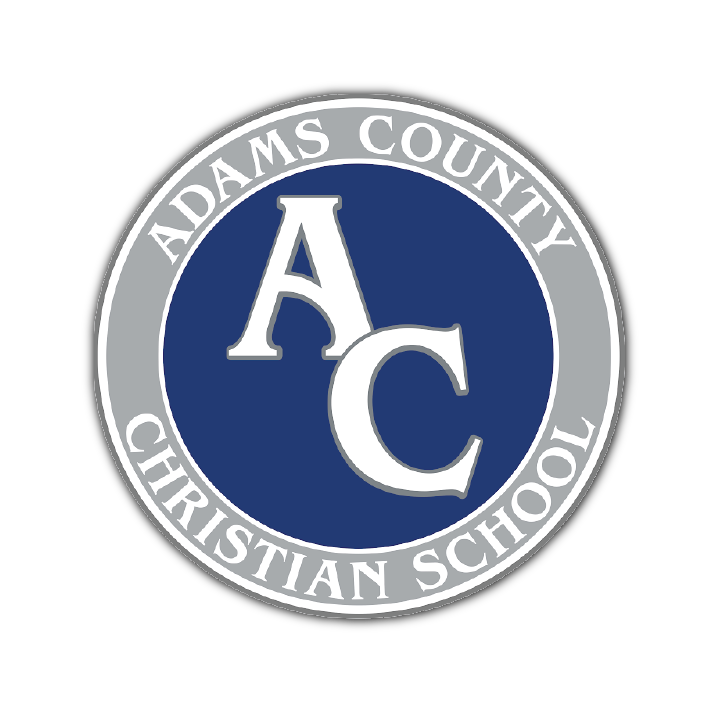School budgets must account for athletes
Published 12:34 am Sunday, September 23, 2012
NATCHEZ — As a coach for two different sports, Cathedral School athletic director Craig Beesley knows there are sharp contrasts between the cost of playing football and baseball.
With the need for additional padding come additional costs.
In football, helmets and shoulder pads are the biggest expenses, and helmets can range from $200 to $500, depending on the brand, Beesley said. Shoulder pads are approximately $110 and over.
“You start dressing 50 kids out, you’re talking about a lot of money,” Beesley said. “Helmets have a life expectancy of 10 years, and after that, you have to replace them, whether they’re in bad shape or not.”
While it’s the most expensive sport to play, football programs at area schools also tend have the biggest revenue stream and the most booster support.
And every area high school provides the essentials to the athletes in any sport so no one is prohibited from playing.
“We don’t ask for money from our players,” Beesley said. “If there’s a situation where they want to buy something extra, they would have to get that. All of our funding comes from the school. They don’t have to pay to play.”
Football
Area schools set aside the biggest portion of their athletic department budgets for America’s sport.
Budgets are:
– Cathedral School — total athletic budget, $88,244; total football budget, $56,935. In 2010-2011, however, the school actually spent $72,953.91 on football.
– Ferriday High School — total athletic budget, $9,000.
– Natchez High School — total athletic budget, $128,828; total football budget, approximately $40,000.
– Trinity Episcopal Day School — total athletic budget, $32,850; football budget, $2,200.
– Vidalia High School — total athletic budget, $9,000; total football budget, $2,000-$2,500.
– Adams County Christian School’s athletic department numbers were unavailable.
The departments can also receive additional funds from outside sources, including booster clubs, fundraisers, youth sports revenues, concessions and more.
Catherine Latham, secretary/treasurer of the NHS booster club, said the group tries to offset the costs of what the school isn’t able to provide. Latham said that the club provides pre-game meals for the team. In addition, the booster club helped purchase several items for the team this fall.
“They didn’t have enough for about 20-plus helmets,” Latham said. “They got new uniforms, and the booster club paid a large portion of that through a fundraiser.”
Fundraisers include raffle ticket sales and a barbecue sale, and Latham said most of the money brought in by the booster club is through fundraisers.
“If we didn’t have a booster club, there might be a lot of things that would have to be cut out and students that can’t play because they don’t have certain gear or helmets,” Latham said.





